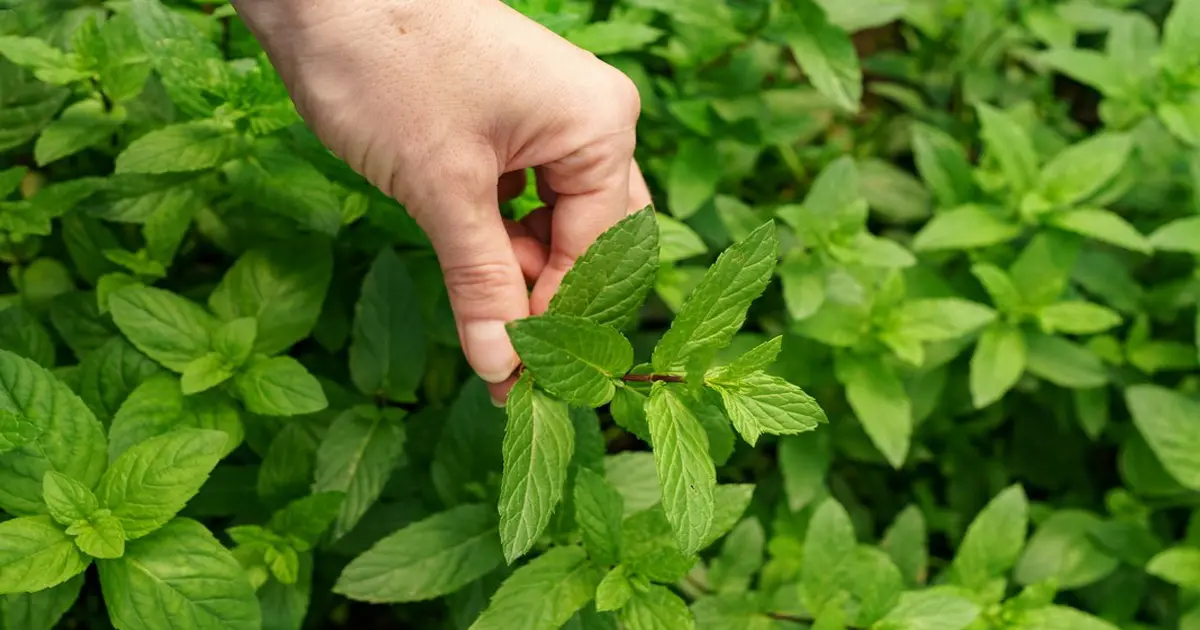Aromatic plants are indispensable in any garden, offering not only their enchanting fragrance and flavor but also contributing significantly to health and the environment. This comprehensive guide provides detailed advice on sowing and nurturing aromatic plants, helping you cultivate a lush and aromatic garden.
Selecting Aromatic Plants
Most Popular Varieties
Among the most cherished aromatic plants are:
- Basil (Ocimum basilicum)
- Parsley (Petroselinum crispum)
- Rosemary (Rosmarinus officinalis)
- Thyme (Thymus vulgaris)
- Mint (Mentha spicata)
Optimal Growing Conditions
Aromatic plants thrive under specific conditions:
- Sun Exposure: Most aromatic plants require at least 6 hours of direct sunlight daily.
- Well-Drained Soil: Proper drainage is crucial to prevent waterlogging that can lead to root rot.
- Soil pH: These plants generally prefer a neutral to slightly alkaline pH.
Sowing Aromatic Plants
Soil Preparation
Before sowing, ensure the soil is properly prepared:
- Clearing: Remove weeds and debris.
- Fertilization: Enrich the soil with compost or well-aged manure to boost nutrient levels.
Sowing Techniques
Several methods can be employed for sowing aromatic plants:
- Direct Sowing: Plant seeds directly into the outdoor soil.
- Container Sowing: Use pots to better control growing conditions.
- Seed Tray Sowing: Start seeds in a controlled environment and transplant seedlings later.
Spacing
Proper spacing between seeds is vital to prevent nutrient competition:
- Basil: 25-30 cm between plants.
- Parsley: 20-25 cm between plants.
- Rosemary: 50-60 cm between plants.
- Thyme: 20-25 cm between plants.
- Mint: 30-40 cm between plants.
Caring for Aromatic Plants
Watering
Watering needs vary by species but generally include:
- Regular Yet Moderate: Avoid excessive watering to prevent root rot.
- Morning Watering: Water in the morning to allow plants to dry throughout the day.
Fertilization
Aromatic plants require minimal fertilization:
- Organic Fertilizer: Employ compost or well-aged manure.
- Frequency: Fertilize once a month during the growing season.
Pruning
Pruning aids in maintaining shape and encouraging denser growth:
- Removal of Dead Flowers and Leaves: Promotes new foliage growth.
- Trimming Tips: Regularly trim tips to foster a compact growth.
Pest and Disease Protection
Common Pests
Aromatic plants may face various pests:
- Aphids
- Spider Mites
- Mealybugs
Prevention and Treatment
To prevent and address infestations:
- Regular Inspections: Frequently check plants for early pest detection.
- Natural Remedies: Use neem oil or insecticidal soap.
- Crop Rotation: Alternate crops to reduce pest buildup in the soil.
Common Diseases
Common diseases include:
- Powdery Mildew
- Gray Mold
- Rust
Disease Prevention
To prevent diseases:
- Good Air Circulation: Avoid overcrowding plants.
- Morning Watering: Ensures leaves dry quickly.
Harvesting and Preservation
Harvesting Times
Harvest times vary by plant but generally include:
- Basil: Before flowering for the most aromatic leaves.
- Parsley: When leaves are well-developed.
- Rosemary: Throughout the year, preferably in late spring and summer.
- Thyme: Before flowering.
- Mint: Before flowering for maximum aroma.
Preservation Techniques
To preserve aromatic herbs:
- Drying: Hang herb bundles in a dry, well-ventilated area.
- Freezing: Chop herbs and store in small containers or freezer bags.
- Oil Infusion: Submerge herbs in olive oil to create aromatic oils.
Conclusion
Aromatic plants enrich any garden, offering not just beauty and fragrance but also a constant supply of fresh herbs for culinary use. With the right practices for sowing and care, you can cultivate a thriving aromatic garden that will provide enduring benefits for years to come.

